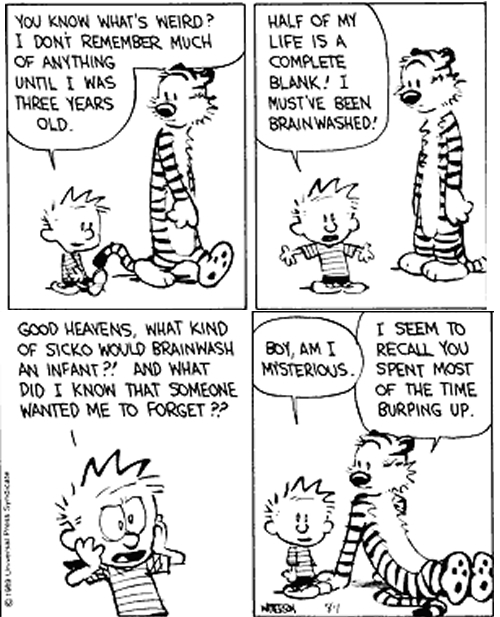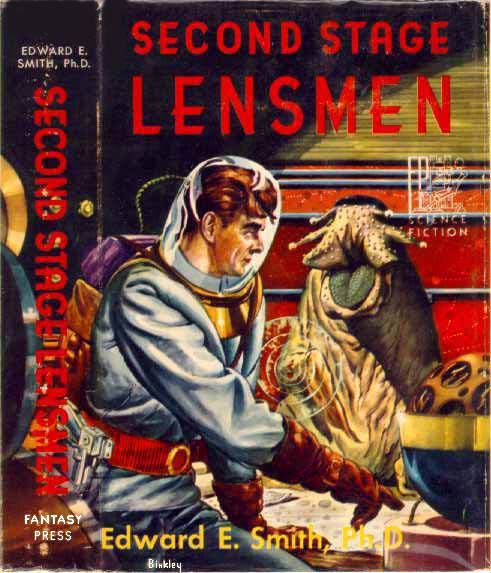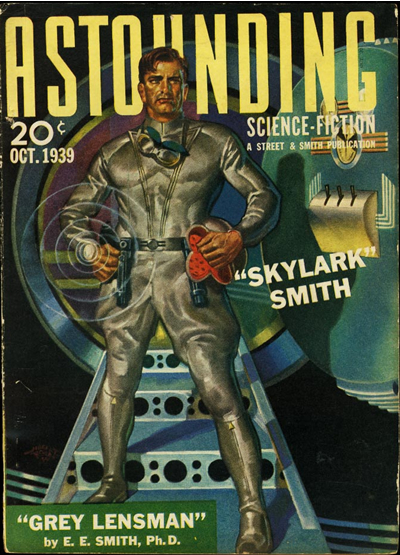Republished by Blog Post Promoter
Arthur Conan Doyle’s son, Adrian, is interviewed about this father’s 35 year investigation into the subject of life after death. (1968)
Inside the book, Vermeer: Portraits of A Lifetime. Analysis of all the paintings of Johannes Vermeer. The book reveals for the first time that the women featured in the paintings of Johannes Vermeer were members of his own family, his daughters, his wife and mother-in-law, Maria Thins.
Republished by Blog Post Promoter
Arthur Conan Doyle’s son, Adrian, is interviewed about this father’s 35 year investigation into the subject of life after death. (1968)
 “Any truth is better than indefinite doubt. It was easier to know it than to explain why I know it. If I were asked to prove that there is a life after death, I might find some difficulty in it, and yet I am quite certain of the fact.”
“Any truth is better than indefinite doubt. It was easier to know it than to explain why I know it. If I were asked to prove that there is a life after death, I might find some difficulty in it, and yet I am quite certain of the fact.”Republished by Blog Post Promoter
 “Earth started being used as a dumping ground and prison for IS-BEs who were judged “untouchable”, meaning criminal or non-conformists. IS-BEs were captured, encapsulated in electronic traps and transported to Earth from various parts of the “Old Empire”.
“Earth started being used as a dumping ground and prison for IS-BEs who were judged “untouchable”, meaning criminal or non-conformists. IS-BEs were captured, encapsulated in electronic traps and transported to Earth from various parts of the “Old Empire”.
“…electronic monitoring points create force screens designed to detect and capture IS-BEs, when the IS-BE departs the body at death. IS-BEs are brainwashed using extreme electronic force in order to maintain Earth’s population in state of perpetual amnesia. Further population controls are installed through the use of long range electronic thought control mechanisms.”
— Excerpt from the book Alien Interview
Republished by Blog Post Promoter
LISTEN TO A TWO MINUTE SAMPLE OF THE AUDIOBOOK

PREVIEW or DOWNLOAD THE BOOK FROM AUDIBLE.COM
Republished by Blog Post Promoter


“The Lens is a lenticular structure of hundreds of thousands of tiny crystalloids, built and tuned to match the individual life force—the ego, the personality— of one individual entity. While not, strictly speaking, alive, it is endowed with a sort of pseudo-life by virtue of which it gives off a strong, characteristically-changing, polychromatic light as long as it is in circuit with the living mentality with which it is in synchronization. Conversely, when worn by anyone except its owner, it not only remains dark, but it kills; so strongly does its pseudo-life interfere with any life to which it is not attuned. It is also a telepathic communicator of astounding power and range—and other things.”
— E.E “Doc” Smith, from The Lensman Series
Personally, I think the Lensman Series written by E.E. “Doc” Smith during the 1930s and 1940s is the preeminent series of science fiction books ever published. These books were the genesis of what became knows as “space opera”. His books describe fictional events that occurred billions of years ago, and were the inspiration for Star Wars and a lot of science fiction that attempted to emulate his groundbreaking ideas. (“a long time ago, in a galaxy far away…”). The heroes and villains of his stories have “supernatural” spiritual powers and abilities which we attribute to “super-heroes” in modern literature. Doc Smith originated the concept of super-light-speeds, intergalactic travel, hyper-spacial tubes, vortexes of force, alien planets, intelligent anaerobic life forms, and “technobabble” — that is based more in fact than fantasy. The Lens, created by the progenitors of Humanity and Civilization (a race of disembodied entities know as the Arisians) purveyed the ability of telepathic communication and mental powers with the force to penetrate matter, kill, and conquer the enemies of Humanity (the Edorians). These novels are the ultimate “good guys vs bad guys” science-fiction action-adventure stories based in spiritual insights never matched by any other writers.
However, there are NO beings in any other literature I have read — before the 1930s or since — that are comparable: they are insuperable! If you have not read these books, I encourage you to indulge yourself in the greatest science fiction ever written!
— Lawrence R. Spencer, 2014
Republished by Blog Post Promoter
“As long as one chooses to assign responsibility for creation, existence and personal accountability for one’s own thoughts and actions to others, one is a slave.”